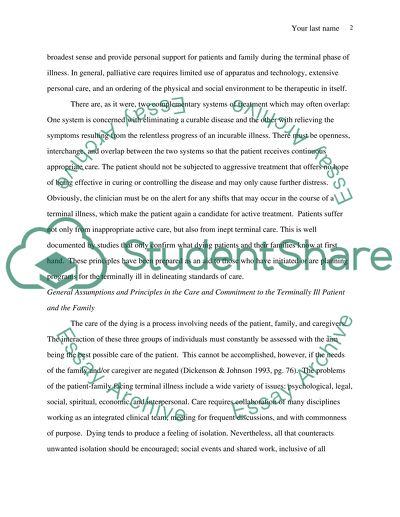Cite this document
(“Family Centered Care Case Study Essay Example | Topics and Well Written Essays - 2000 words”, n.d.)
Retrieved from https://studentshare.org/miscellaneous/1506918-family-centered-care-case-study
Retrieved from https://studentshare.org/miscellaneous/1506918-family-centered-care-case-study
(Family Centered Care Case Study Essay Example | Topics and Well Written Essays - 2000 Words)
https://studentshare.org/miscellaneous/1506918-family-centered-care-case-study.
https://studentshare.org/miscellaneous/1506918-family-centered-care-case-study.
“Family Centered Care Case Study Essay Example | Topics and Well Written Essays - 2000 Words”, n.d. https://studentshare.org/miscellaneous/1506918-family-centered-care-case-study.


